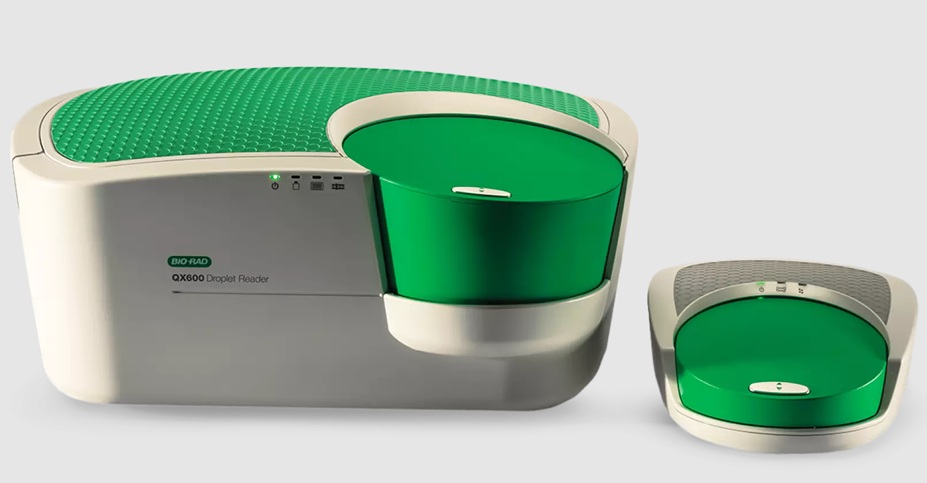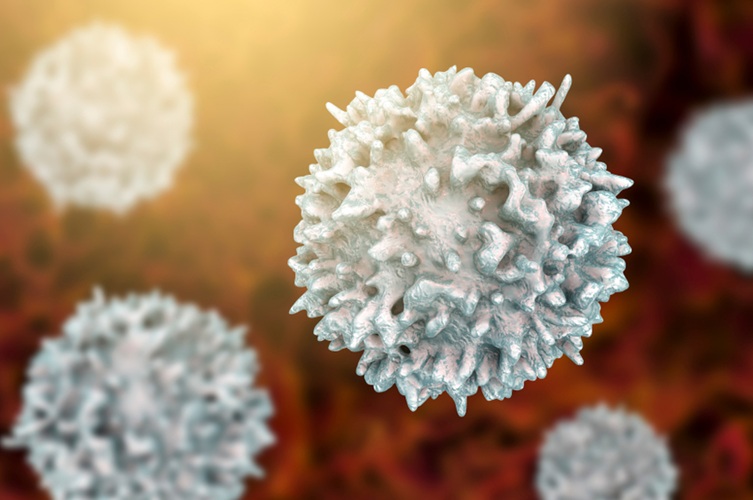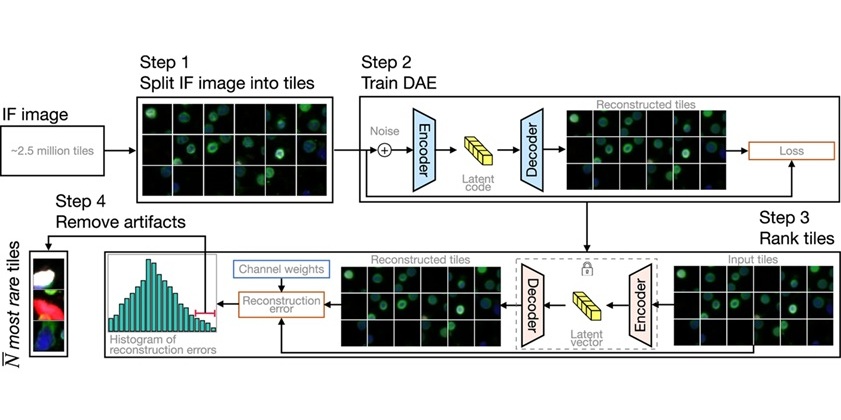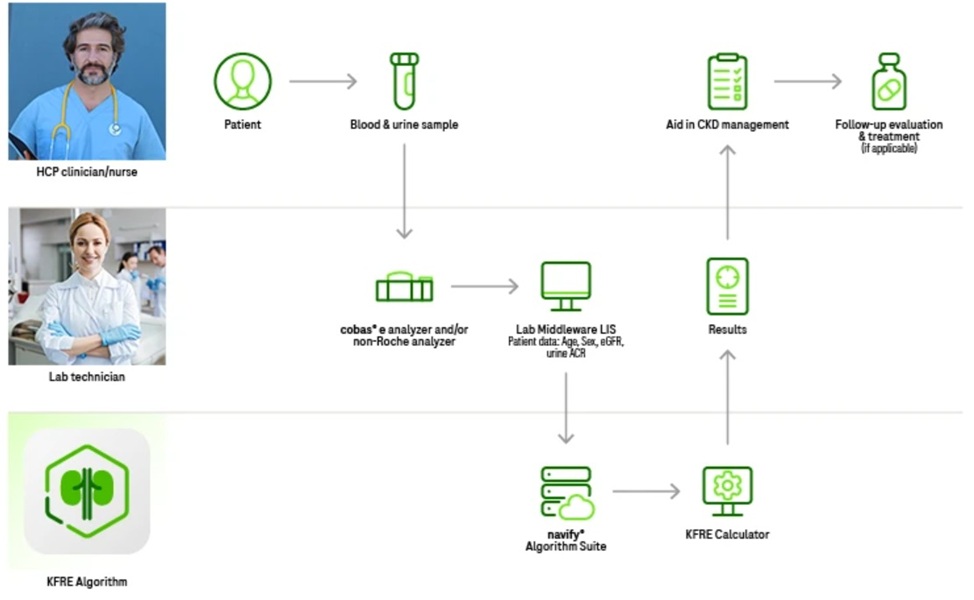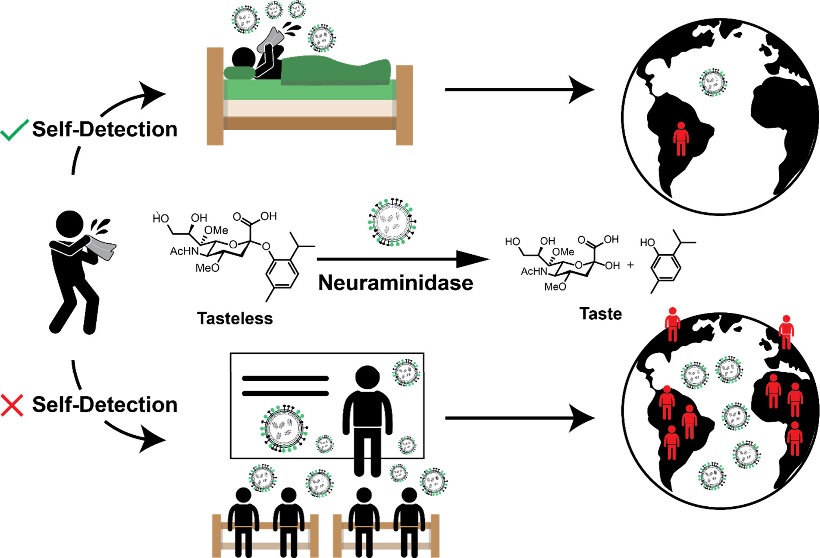Nanostar Biosensors Use Raman Scattering for Direct Detection of Cancer-Related MicroRNAs
|
By LabMedica International staff writers Posted on 03 Aug 2020 |
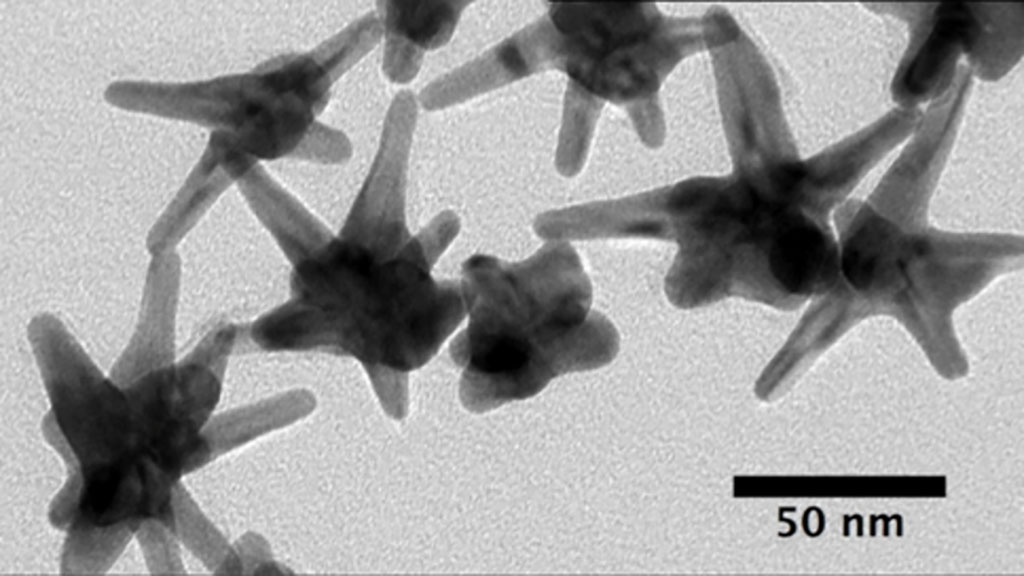
Image: Micrograph of gold nanostar biosensors used to detect cancer-related microRNAs (Photo courtesy of Duke University School of Engineering)
A novel non-invasive nanoparticle-based assay detects cancer-related microRNAs without use of labels or target amplification.
MicroRNAs (miRNAs) comprise a class of about 20 nucleotides-long RNA fragments that block gene expression by attaching to molecules of messenger RNA in a fashion that prevents them from transmitting the protein synthesizing instructions they had received from the DNA. With their capacity to fine-tune protein expression via sequence-specific interactions, miRNAs help regulate cell maintenance and differentiation. In addition to miRNAs playing an essential role in tumor development, dysregulation of certain miRNAs has been associated with many different diseases, such as dementia, and cardiovascular conditions. However, due to technical difficulties in detecting these small molecules, miRNAs have not been adopted into routine clinical practice for early diagnostics. Thus, it is important to develop alternative detection strategies that could offer more advantages over conventional methods.
In this regard, investigators at Duke University (Durham, NC, USA) developed nanophotonics technology termed "the inverse molecular sentinel (iMS) nanobiosensor, with surface-enhanced Raman scattering (SERS) detection".
The iMS-SERS technique is based on plasmonics, which refers to the enhanced electromagnetic properties of metallic nanostructures. The term plasmonics is derived from "plasmons", which are the quanta associated with longitudinal waves propagating in matter through the collective motion of large numbers of electrons. Incident light, usually from a laser, irradiating these surfaces excites conduction electrons in the metal, and induces excitation of surface plasmons leading to enormous electromagnetic enhancement of spectral signature, such as surface-enhanced Raman scattering (SERS) and surface-enhanced fluorescence (SEF) for ultrasensitive detection of chemical and biological species.
The SERS nanoprobe used in the current study relied on plasmonic-active nanostars as the sensing platform. An “OFF-to-ON” signal switch was based on a nonenzymatic strand-displacement process and the conformational change of stem-loop (hairpin) oligonucleotide probes upon target binding. This technique was used previously to detect a synthetic DNA sequence of interest. In this study, the design of the nanoprobe was modified to be used for the detection of short miRNA sequences.
In the current study, the investigators found that the iMS-SERS nanostar method detected miR-21, the microRNA biomarker linked to esophageal adenocarcinoma (EAC) and Barrett's esophagus (BE), the premalignant metaplasia associated with EAC. This approach enabled the direct detection of the esophageal cancer biomarker in RNA extracted from 17 endoscopic tissue biopsies. Thus, the potential of this label-free, homogeneous biosensor for cancer diagnosis without the need for target amplification was demonstrated by discriminating esophageal cancer and Barrett's esophagus from normal tissue with notable diagnostic accuracy.
"Gold nanostars have multiple spikes that can act as lighting rods for enhancing electromagnetic waves, which is a unique feature of the particle's shape," said senior author Dr. Tuan Vo-Dinh, professor of biomedical engineering at Duke University. "Our tiny nanosensors, called "inverse molecular sentinels", take advantage of this ability to create clear signals of the presence of multiple microRNAs. The Raman signals of label molecules exhibit sharp peaks with very specific colors like spectral fingerprints that make them easily distinguished from one another when detected. Thus we can actually design different sensors for different microRNAs on nanostars, each with label molecules exhibiting their own specific spectral fingerprints. And because the signal is so strong, we can detect each one of these fingerprints independently of each other."
"The general research focus in my lab has been on the early detection of diseases in people before they even know they are sick," said Dr.Vo-Dinh. "And to do that, you need to be able to go upstream, at the genomic level, to look at biomarkers like microRNA."
The gold nanostar paper was published in the May 4, 2020, online edition of the journal Analyst.
Related Links:
Duke University
MicroRNAs (miRNAs) comprise a class of about 20 nucleotides-long RNA fragments that block gene expression by attaching to molecules of messenger RNA in a fashion that prevents them from transmitting the protein synthesizing instructions they had received from the DNA. With their capacity to fine-tune protein expression via sequence-specific interactions, miRNAs help regulate cell maintenance and differentiation. In addition to miRNAs playing an essential role in tumor development, dysregulation of certain miRNAs has been associated with many different diseases, such as dementia, and cardiovascular conditions. However, due to technical difficulties in detecting these small molecules, miRNAs have not been adopted into routine clinical practice for early diagnostics. Thus, it is important to develop alternative detection strategies that could offer more advantages over conventional methods.
In this regard, investigators at Duke University (Durham, NC, USA) developed nanophotonics technology termed "the inverse molecular sentinel (iMS) nanobiosensor, with surface-enhanced Raman scattering (SERS) detection".
The iMS-SERS technique is based on plasmonics, which refers to the enhanced electromagnetic properties of metallic nanostructures. The term plasmonics is derived from "plasmons", which are the quanta associated with longitudinal waves propagating in matter through the collective motion of large numbers of electrons. Incident light, usually from a laser, irradiating these surfaces excites conduction electrons in the metal, and induces excitation of surface plasmons leading to enormous electromagnetic enhancement of spectral signature, such as surface-enhanced Raman scattering (SERS) and surface-enhanced fluorescence (SEF) for ultrasensitive detection of chemical and biological species.
The SERS nanoprobe used in the current study relied on plasmonic-active nanostars as the sensing platform. An “OFF-to-ON” signal switch was based on a nonenzymatic strand-displacement process and the conformational change of stem-loop (hairpin) oligonucleotide probes upon target binding. This technique was used previously to detect a synthetic DNA sequence of interest. In this study, the design of the nanoprobe was modified to be used for the detection of short miRNA sequences.
In the current study, the investigators found that the iMS-SERS nanostar method detected miR-21, the microRNA biomarker linked to esophageal adenocarcinoma (EAC) and Barrett's esophagus (BE), the premalignant metaplasia associated with EAC. This approach enabled the direct detection of the esophageal cancer biomarker in RNA extracted from 17 endoscopic tissue biopsies. Thus, the potential of this label-free, homogeneous biosensor for cancer diagnosis without the need for target amplification was demonstrated by discriminating esophageal cancer and Barrett's esophagus from normal tissue with notable diagnostic accuracy.
"Gold nanostars have multiple spikes that can act as lighting rods for enhancing electromagnetic waves, which is a unique feature of the particle's shape," said senior author Dr. Tuan Vo-Dinh, professor of biomedical engineering at Duke University. "Our tiny nanosensors, called "inverse molecular sentinels", take advantage of this ability to create clear signals of the presence of multiple microRNAs. The Raman signals of label molecules exhibit sharp peaks with very specific colors like spectral fingerprints that make them easily distinguished from one another when detected. Thus we can actually design different sensors for different microRNAs on nanostars, each with label molecules exhibiting their own specific spectral fingerprints. And because the signal is so strong, we can detect each one of these fingerprints independently of each other."
"The general research focus in my lab has been on the early detection of diseases in people before they even know they are sick," said Dr.Vo-Dinh. "And to do that, you need to be able to go upstream, at the genomic level, to look at biomarkers like microRNA."
The gold nanostar paper was published in the May 4, 2020, online edition of the journal Analyst.
Related Links:
Duke University
Latest Molecular Diagnostics News
- Urine Test Could Replace Painful Kidney Biopsies for Lupus Patients
- Blood Test Guides Post-Surgical Immunotherapy for Muscle-Invasive Bladder Cancer
- Mitochondrial DNA Mutations from Kidney Stressors Could Predict Future Organ Decline
- Blood Test Could Predict Bariatric Surgery Outcomes in Teenagers
- ctDNA Blood Test to Help Personalize Postsurgical Colon Cancer Treatment
- AI Powered Blood Test Predicts Suicide Risk in Bipolar Patients
- DNA Sensor Enables Molecular Detection from Single Blood Drop
- DNA-Powered Test Accurately Detects E. Coli Lookalike Bacteria
- World’s Fastest DNA Sequencing Technique to Revolutionize NICU Genomic Care
- Blood Test Uses Cell-Free DNA to Detect ALS Faster and More Accurately
- Multi-Cancer Early Detection Blood Test Increases Cancer Detection
- Portable Label-Free Device Tracks Alzheimer's Disease in Real Time
- Liquid Biopsy Test Enables Early Detection of ICI-Related Myocarditis
- Rapid POC Diagnostic Test Detects Asymptomatic Malaria Cases
- Improved DNA Sequencing Tool Uncovers Hidden Mutations Driving Cancer
- Newborn Genomic Screening Enables More Lifesaving Diagnoses
Channels
Clinical Chemistry
view channel
VOCs Show Promise for Early Multi-Cancer Detection
Early cancer detection is critical to improving survival rates, but most current screening methods focus on individual cancer types and often involve invasive procedures. This makes it difficult to identify... Read more
Portable Raman Spectroscopy Offers Cost-Effective Kidney Disease Diagnosis at POC
Kidney disease is typically diagnosed through blood or urine tests, often when patients present with symptoms such as blood in urine, shortness of breath, or weight loss. While these tests are common,... Read moreHematology
view channel
Viscoelastic Testing Could Improve Treatment of Maternal Hemorrhage
Postpartum hemorrhage, severe bleeding after childbirth, remains one of the leading causes of maternal mortality worldwide, yet many of these deaths are preventable. Standard care can be hindered by delays... Read more
Pioneering Model Measures Radiation Exposure in Blood for Precise Cancer Treatments
Scientists have long focused on protecting organs near tumors during radiotherapy, but blood — a vital, circulating tissue — has largely been excluded from dose calculations. Each blood cell passing through... Read more
Platelets Could Improve Early and Minimally Invasive Detection of Cancer
Platelets are widely recognized for their role in blood clotting and scab formation, but they also play a crucial role in immune defense by detecting pathogens and recruiting immune cells.... Read more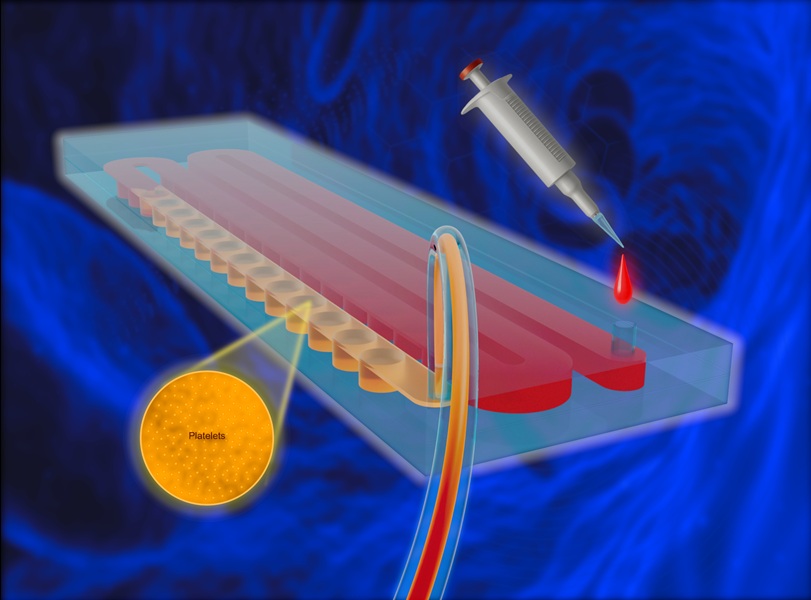
Portable and Disposable Device Obtains Platelet-Rich Plasma Without Complex Equipment
Platelet-rich plasma (PRP) plays a crucial role in regenerative medicine due to its ability to accelerate healing and repair tissue. However, obtaining PRP traditionally requires expensive centrifugation... Read moreImmunology
view channel
Signature Genes Predict T-Cell Expansion in Cancer Immunotherapy
Modern cancer immunotherapies rely on the ability of CD8⁺ T cells to rapidly multiply within tumors, generating the immune force needed to eliminate cancer cells. However, the biological triggers behind... Read more
Molecular Microscope Diagnostic System Assesses Lung Transplant Rejection
Lung transplant recipients face a significant risk of rejection and often require routine biopsies to monitor graft health, yet assessing the same biopsy sample can be highly inconsistent among pathologists.... Read moreMicrobiology
view channel
Fast Noninvasive Bedside Test Uses Sugar Fingerprint to Detect Fungal Infections
Candida bloodstream infections are a growing global health threat, causing an estimated 6 million cases and 3.8 million deaths annually. Hospitals are particularly vulnerable, as weakened patients after... Read more
Rapid Sepsis Diagnostic Device to Enable Personalized Critical Care for ICU Patients
Sepsis is a life-threatening condition that occurs when the body’s response to infection spirals out of control, damaging organs and leading to critical illness. Patients often arrive at intensive care... Read morePathology
view channel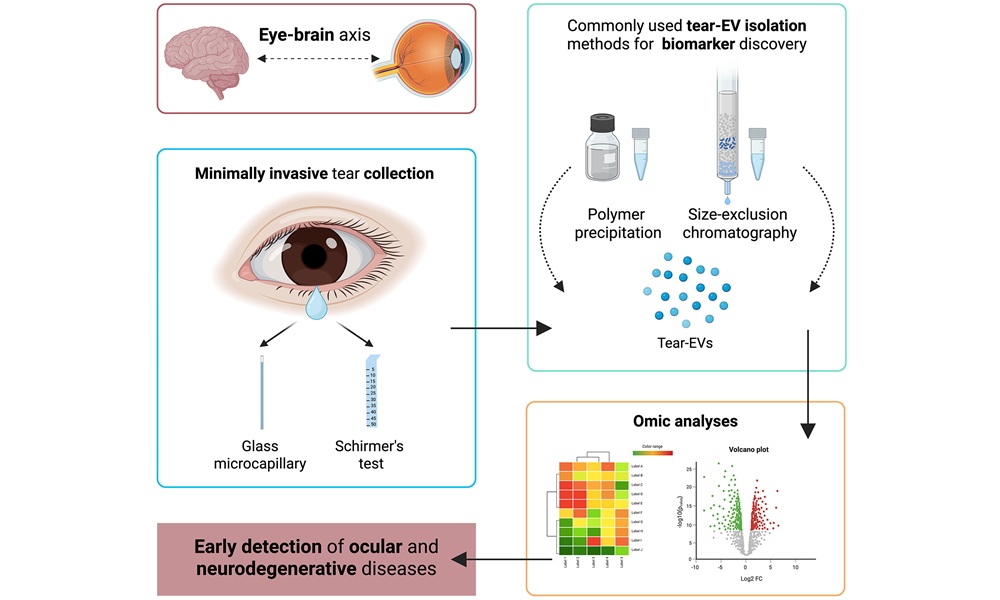
Tears Offer Noninvasive Alternative for Diagnosing Neurodegenerative Diseases
Diagnosing and monitoring eye and neurodegenerative diseases often requires invasive procedures to access ocular fluids. Ocular fluids like aqueous humor and vitreous humor contain valuable molecular information... Read more
AI-Powered Method Combines Blood Data to Accurately Measure Biological Age
Chronological age tells us how many years we’ve lived, but not how quickly our bodies are ageing. Some people stay healthy well into their 80s or 90s, while others experience decline much earlier.... Read moreTechnology
view channel
Viral Biosensor Test Simultaneously Detects Hepatitis and HIV
Globally, over 300 million people live with Hepatitis B and C, and 40 million with HIV, according to WHO estimates. Diagnosing bloodborne viruses such as HIV and Hepatitis B and C remains challenging in... Read more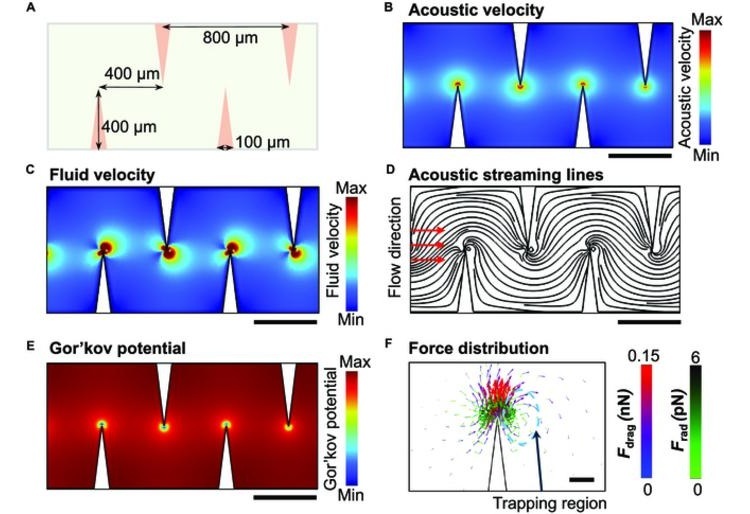
Acoustofluidic Device to Transform Point-Of-Care sEV-Based Diagnostics
Rapid and sensitive detection of small extracellular vesicles (sEVs)—key biomarkers in cancer and organ health monitoring—remains challenging due to the need for multiple preprocessing steps and bulky... Read moreIndustry
view channel
Advanced Instruments Merged Under Nova Biomedical Name
Advanced Instruments (Norwood, MA, USA) and Nova Biomedical (Waltham, MA, USA) are now officially doing business under a single, unified brand. This transformation is expected to deliver greater value... Read more